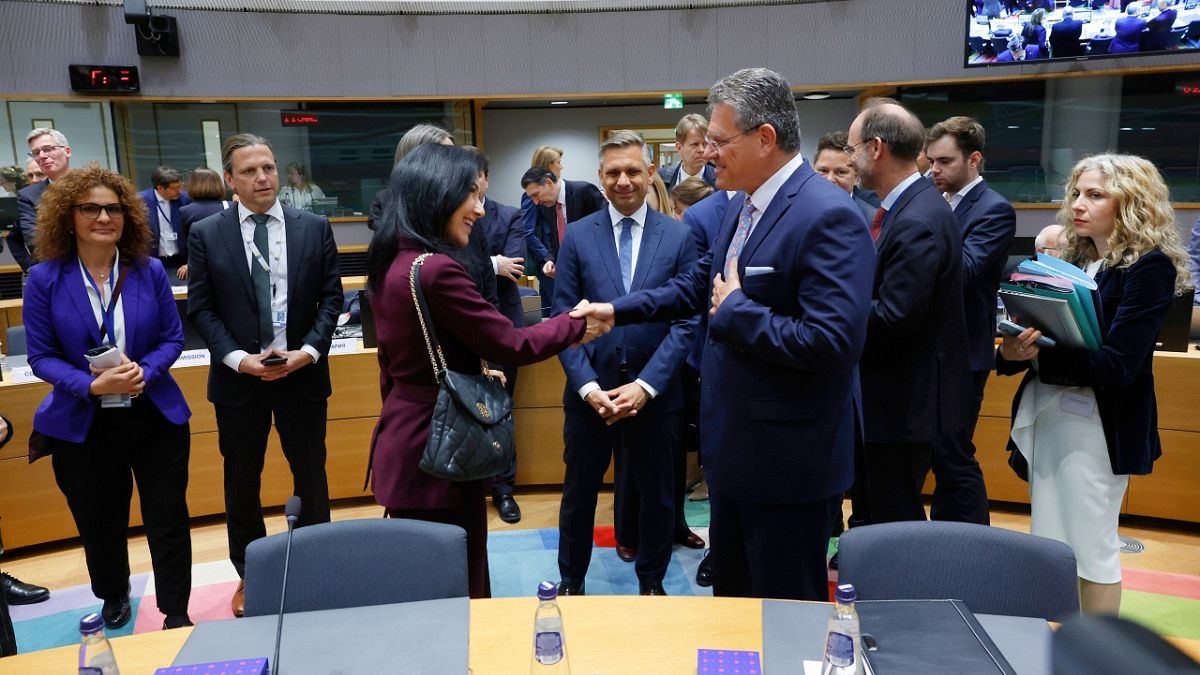

Amidst a complex tapestry of international trade negotiations, recent developments have illuminated new avenues in the trade dynamics between the United States, European Union, and Japan. These ongoing negotiations have brought both challenges and opportunities, reflecting the nuanced nature of international diplomacy.
At the heart of the discussions between the European Union and the United States lies the potential deployment of the EU’s anti-coercion instrument. This strategic tool is being considered as a means to counteract potential tariff implications should ongoing negotiations falter. The EU’s objective is to address tariffs primarily targeting digital and financial services, which have become a focal point in transatlantic trade discussions. Should the dialogue reach an impasse, this mechanism would enable the EU to implement a balanced response, thereby underscoring the bloc’s commitment to defending its economic interests in a prudent and measured manner.
In parallel, the transatlantic dialogue is being closely observed given the looming deadline set by former US President Donald Trump. With an August 1st target date for reaching a consensus, both parties are striving to navigate the intricacies of this economic relationship. If a resolution is not achieved, Brussels is prepared to initiate a measured counter-response in two stages, reflecting a crucial juncture in this complex negotiation process. The EU remains hopeful for a positive resolution, striving to fortify economic resilience and protect mutual trade benefits.
As a noteworthy contrast, the United States has successfully concluded a trade agreement with Japan, an outcome announced by Donald Trump amidst comprehensive bilateral discussions. This agreement serves to alleviate economic uncertainties that had been present in Japan, which held implications for both the economy and political leadership under Prime Minister Shigeru Ishiba. Under the terms of this new arrangement, Japan has pledged to invest a considerable $550 billion into the US, signaling a significant stride in reinforcing the economic ties between the two nations.
The new US-Japan trade deal also introduced a recalibration in tariff policy, with Japanese imports incurring a 15% levy as opposed to the previously proposed 25%. This adjustment prompted a favorable response from financial markets worldwide. Tokyo’s Nikkei index experienced a notable surge, climbing by 3.5%, while European markets mirrored this optimism with the FTSE 100 ascending to an unprecedented high. These shifts illustrate how the economic exchanges between major global players catalyze broader market sentiments and stability.
In the interconnected world of diplomacy, these developments not only influence trade but also broader geopolitical relationships. The interwoven fabric of trade, trust, and mutual cooperation highlights the importance of dialogue and adaptability in international relations. As negotiations progress, stakeholders and observers alike remain hopeful for resolutions that foster equitable growth and mutual prosperity.
While the dynamics between the US and the EU continue to evolve, the successful conclusion of the Japan trade agreement reflects a broader trend toward strengthening bilateral relationships amidst global economic challenges. Through mindful discourse and strategic cooperation, nations have the opportunity to transcend complexities, empowering shared progress in an increasingly interconnected world.
Source: {link}
